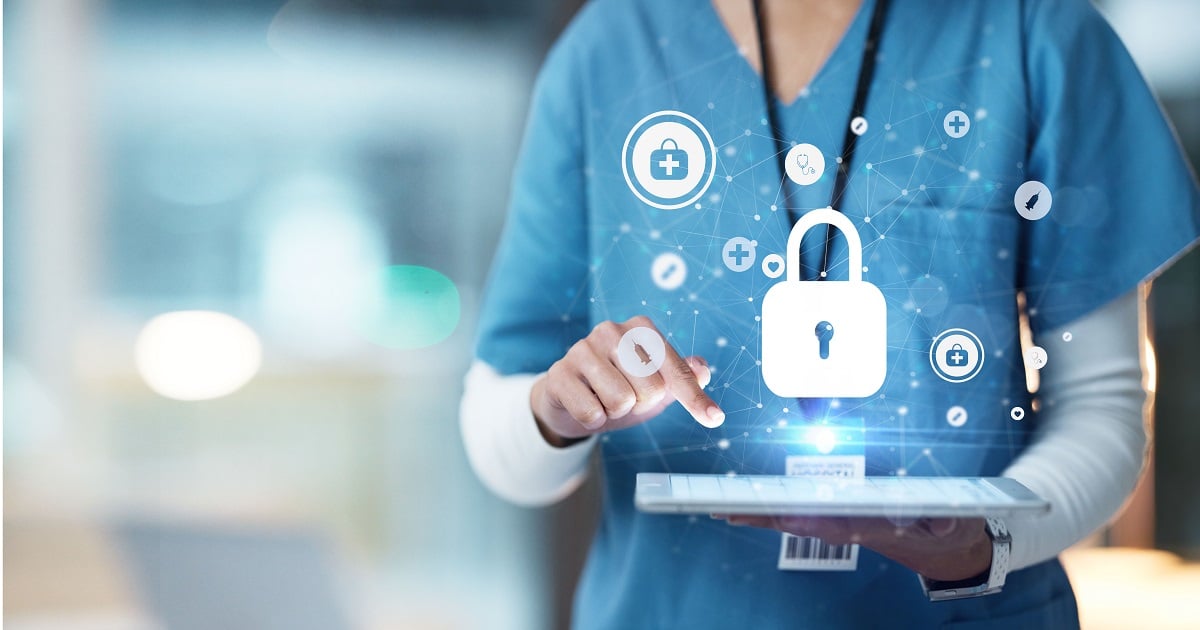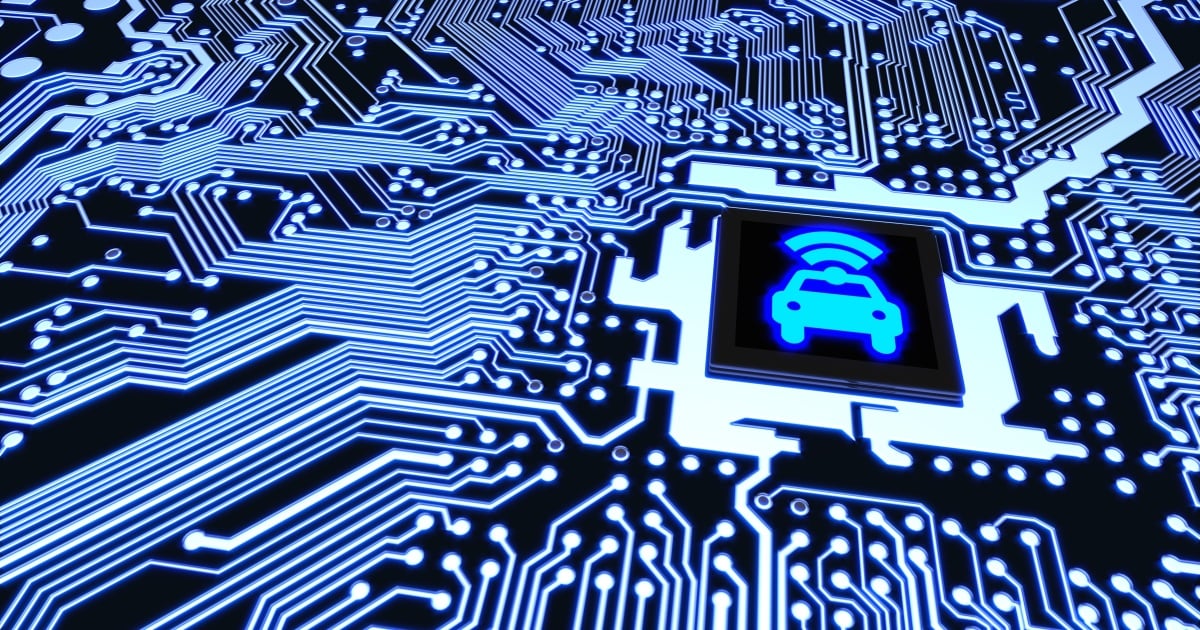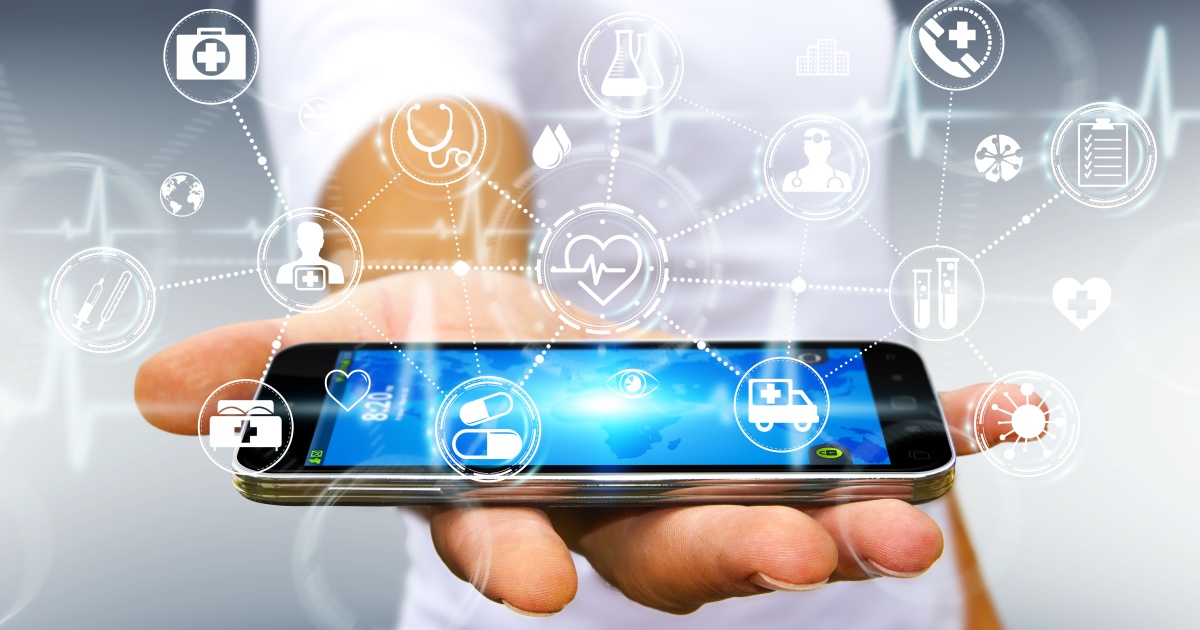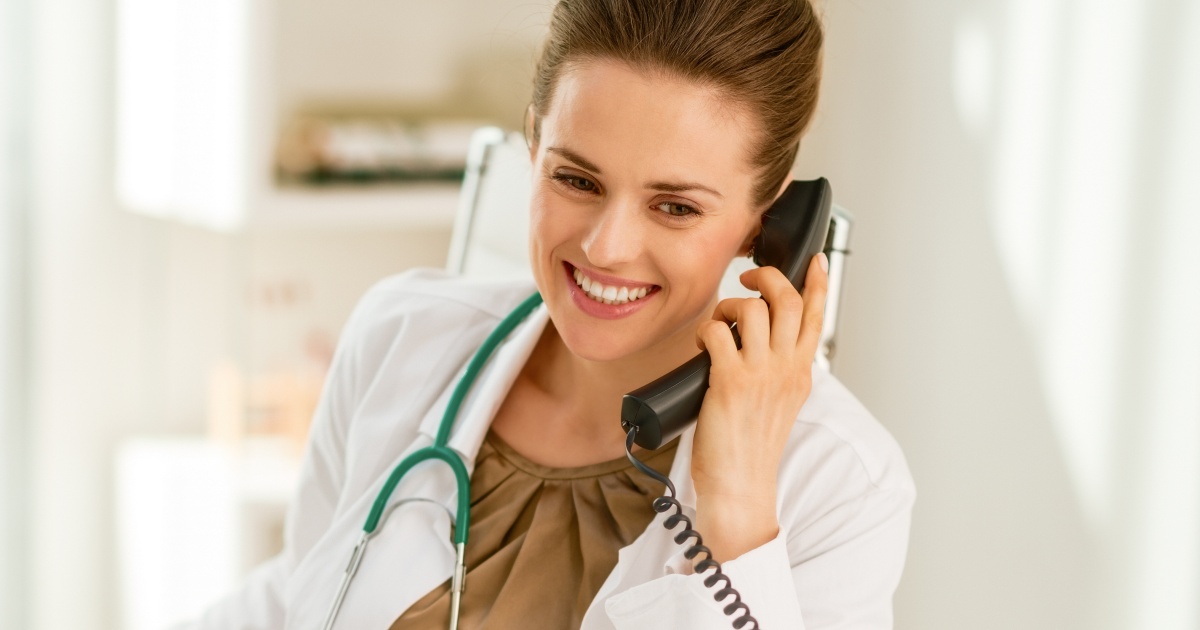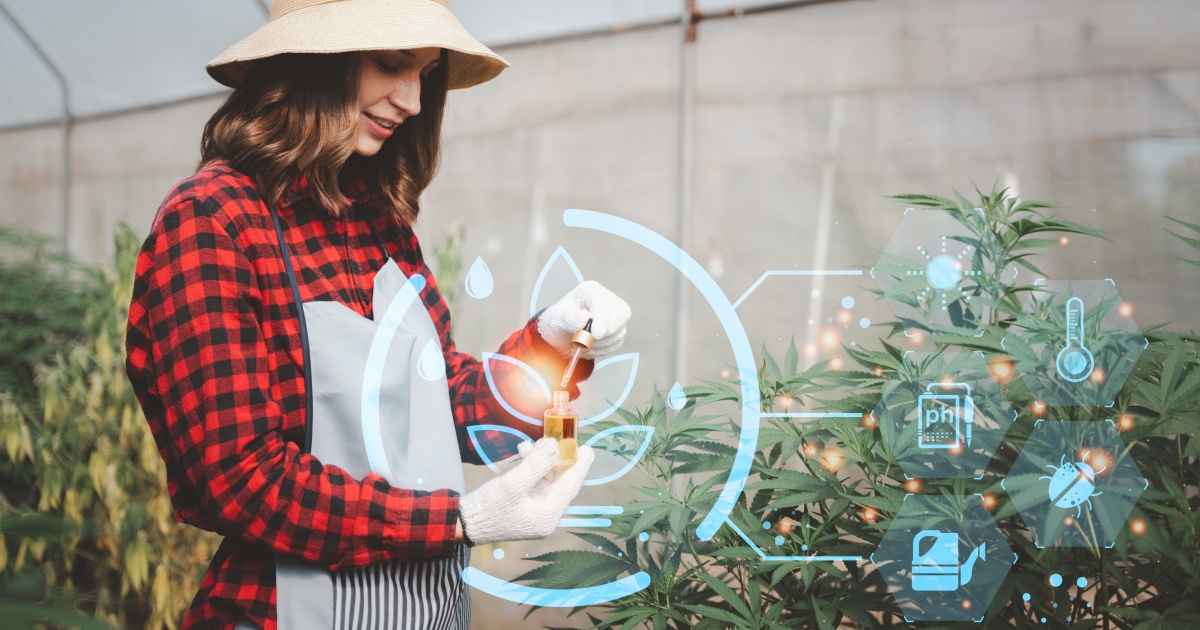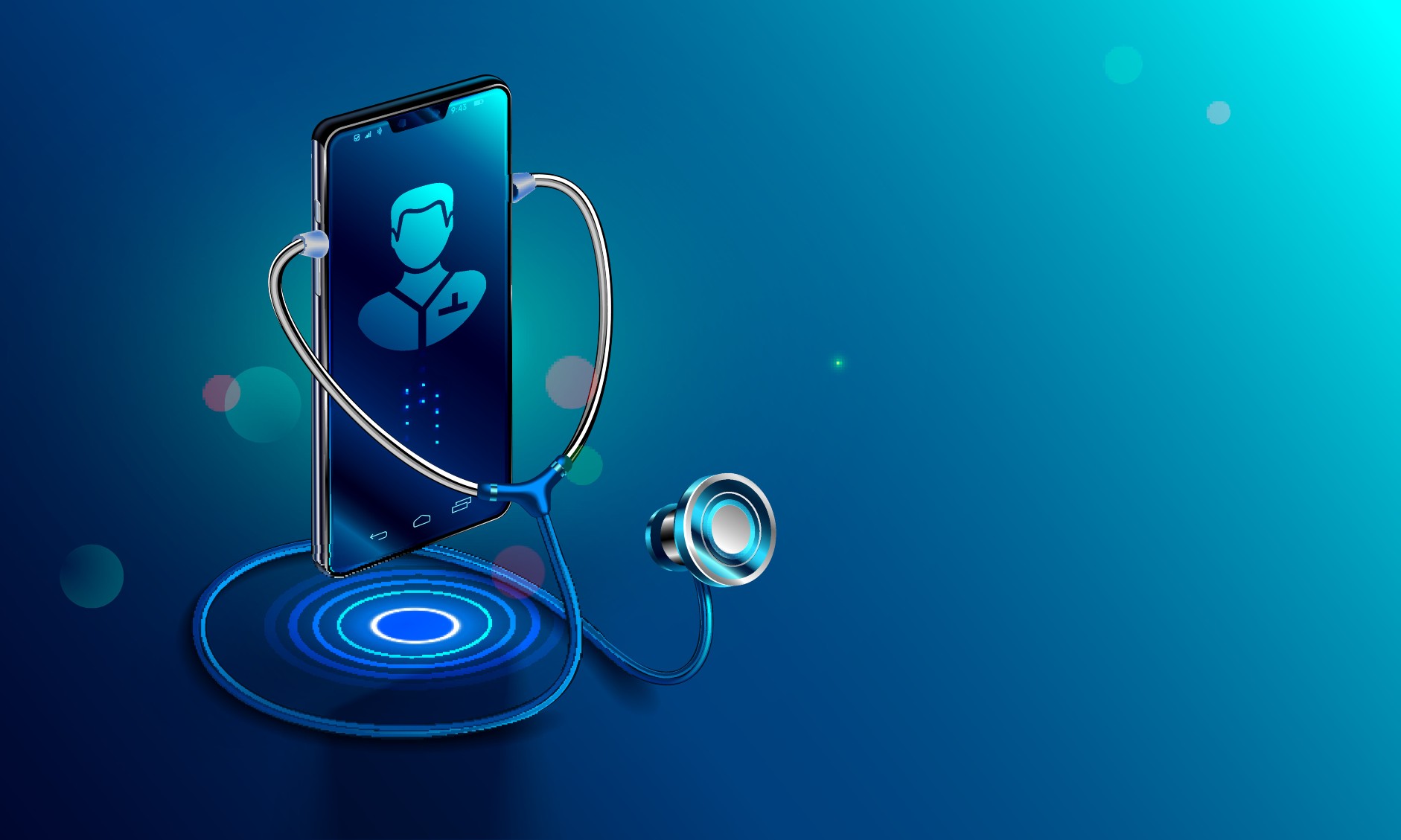
Since the beginning of the COVID-19 pandemic, the healthcare industry has been put under immense stress and pressure. The need for safe, yet efficient healthcare and more medical personnel has stretched the healthcare industry to its limits trying to meet the demands. The industry is now turning to telehealth for healthcare, with new and innovative connected devices to fill the void.
However, while many are cautious to move away from traditional healthcare, telehealth devices have the potential to reform and transform the industry by reducing costs and increasing quality and patient satisfaction.
As technology itself continues to advance, the number of telehealth devices at a patient’s and physician’s disposal expands as well. There is already a myriad of devices designed to help in healthcare, but here are just some that have already proven beneficial to the healthcare process.
We caught up with Barry Solomon, President and Co-Founder of TeleMedCo, a company whose AI platform for Emergency Rooms was developed with IBM Watson, and asked his thoughts about the new surge in the use of telehealth connected devices.
“When patient vitals are being monitored - heart rate, glucose, oxygen levels, body weight, temperature and more - the efficiency and effectiveness of treating people from the comfort of their homes with data once only available as part of an in-person visit is extremely exciting,” said Solomon. “In COVID time, for example, imagine how much safer and more productive it is to monitor patients while they are at home, and escalate if necessary when they need to go to the hospital depending on their oxygen levels and temperature.”
As the telehealth industry continues to grow, these virtual visits with patients and physicians will only get easier with the specialization of telehealth connected devices. Though the telehealth industry is young, connected devices geared towards a specific sector of healthcare patients are already here.
Roughly 90 percent of U.S. hospitals plan to expand their telemedical services and turn towards the use of telehealth devices in the coming year. However, while the devices do make tracking your own health and wellness easier and more efficient, Solomon noted that it is still very much worth doing your due diligence before diving in and choosing a connected device, for both patients and physicians.
“While every platform aims to do many of the same things, not all are equal and not all are as mature as others. Providers who wish to set up a telemedicine or telehealth practice should ask questions about the ease of use for the patient, the provider, and the insurer,” said Solomon. “Given the dramatic advances in cloud-based solutions and open technologies, including open Electronic Medical Records and Personal Health Records, it's worthwhile to look ahead and explore some of the new entrants.”
Relentless innovation is a crucial driver in creating value across all industries, and health care is no exception. Even post-pandemic the use of telehealth connected devices will only increase, as the benefits have already been seen. Guided by what is best for patients, telehealth connected devices could help usher in a brave new world of health care that is embraced by both patients and providers, identify new avenues of care delivery, and improve the value of care by increasing its quality while lowering its cost.
Following is a list (not comprehensive) of companies innovating in the Internet of Medical Things connected care space. And remember that these tools, even if AI driven, are designed to empower doctors and nurses to more effectively support good health.
AltumView System: This company created a smart medical alert system for senior care. It is a smart IoT device that allows a family member or healthcare worker to receive an alert for immediate help.
BabyScripts: Babysripts is a virtual maternity care platform that obstetrics providers deliver a new model of prenatal and postpartum care. This has reduced the number of in person visits of pregnant patients.
Bardy Diagnostics: Bardy Diagnostics is a digital health and remote patient-monitoring company focused on addressing a long-standing complaint by cardiac electrophysiologists and cardiologists.The company’s Carnation Ambulatory Monitor (CAM) Patch is a P-wave-centric ambulatory cardiac monitor and arrhythmia-detection device.
Biofourmis: Biofourmis’ remote patient-monitoring and AI-based analytics technology, Biovitals, provides personalized predictive care by leveraging active and passive data collected from clinical-grade patient wearables that continuously monitor more than 20 physiological parameters, as well as patient-captured data from a mobile app. Biofourmis mainly focuses on heart failure and other cariopmeabalic disorders.
Biotricity:Biotricity focuses on remote patient monitoring and builds diagnostic and post-diagnostic systems for chronic conditions, starting with cardiac. Biotres has no lead wires but advanced beat and arrhythmia autodetection with the ability to transmit the device data immediately to physicians and is rechargeable, facilitating easy lifestyle and care management for those who need clinical supervision.
Blue Spark Technologies:TempTraq is a Bluetooth-enabled wearable continuous temperature monitor in the form of a one-time use, disposable soft patch. For up to 72 hours, TempTraq senses, records and transmits body temperature data via Bluetooth to a smart device (Apple or Android) running the TempTraq app. TempTraq recently has been deployed by University Hospital in Cleveland, Ohio, to monitor temperatures of frontline healthcare workers treating COVID-19 patients.
Cardiologs: Cardiologs’ mission is to democratize expert cardiac care through medical-grade artificial intelligence and cloud technologies. Cardiologs offers device-agnostic, cloud-based arrhythmia diagnostic software powered by medical-grade AI to streamline ECG analysis.
CAREMINDr: CAREMINDr is a health IT communications company that provides mobile-enabled remote patient-monitoring systems that give physicians the ability to enroll their patients in condition-specific “journeys,” such as for diabetes and hypertension. Through the company’s app, physicians can automatically check in on patients in between face-to-face visits on a clinically relevant schedule that the physician’s practice controls, based on the patient’s conditions.The technology often is supported by home medical devices such as glucometers, blood pressure cuffs, thermometers and pulse oximeters.
CoachCare: The CoachCare platform powers health clinics across many specialties, including weight loss, bariatric surgery, pain management and chiropractic care, and other clinics looking to incorporate a comprehensive and customized virtual health monitoring system into their practice.CoachCare enables clinics to gain 24/ 7 insight into their patients’ lives outside the four walls of the clinic through a custom-branded patient mobile app, clinical dashboard and proprietary connected health devices, including a Bluetooth scale and activity tracker.
Current Health: Current Health offers an AI-enabled remote patient-management platform. The platform continuously monitors the body across a range of vital signs, and augments this data with an ecosystem of devices to capture the broadest picture of human health and the patient’s symptoms. The platform also enables health systems to determine how to best allocate resources – such as healthcare workers and beds – and contains the spread of infectious disease by managing care for lower-risk patients remotely.
Datos Health: Datos Health provides a remote care and telehealth platform that allows patients to be monitored and cared for out of the hospital setting. Datos uses advanced analytics and works agnostically across any treatment protocol, patient profile, data source, wearable and medical device, allowing automated detection, management and prediction of irregular symptoms. The platform enables implementation of remote care within existing workflows.The technology additionally provides health systems with a private, cloud-based interface of the Datos platform anywhere in the world.
EarlySense: EarlySense offers contact-free continuous monitoring and AI-powered predictive analytics. EarlySense’s patient monitoring system is used in health facilities to assist with early detection of patient deterioration and empower health teams to help prevent adverse events. The EarlySense sensor, placed under the patient’s mattress, tracks multiple data points every second (more than 100 data points per minute), including respiratory rate, heart rate and movement without ever touching the patient. The integrated sensor uses artificial intelligence and predictive analytics to notify care teams of clinical changes that may be detected hours before an event becomes critical.
Eko: Eko’s telehealth and remote patient-monitoring platform powers virtual cardiac and pulmonary exams by facilitating stethoscope and ECG live streaming. The platform has embedded video conferencing or works alongside the video conferencing platform that a health system has in place. It also equips providers with Eko’s FDA-cleared AI to assist in remote screening for AFib, heart murmurs, tachycardia and bradycardia.The system can be used to conduct telehealth visits between two or more clinics.
Empatica: Empatica makes wrist-worn medical wearables, software and biomarkers for the continuous monitoring of health conditions. Its Embrace smartwatch has received clearance by the FDA in the field of neurology. As a response to the COVID-19 pandemic, Empatica launched Care, a remote health monitoring platform that is built on its existing technology. The Care platform wirelessly collects and streams vital signs to a user-friendly app and web dashboard, where they can be visualized and subsequently provide clinicians, researchers, caregivers and employers with information on a user’s well-being and whether intervention is needed.
Fitbit: A famous consumer brand, Fitbit’s array of fitness trackers and smartwatches have seen use in healthcare settings as well. The devices’ sensors capture a range of wellness metrics such as step count, heart rate, active minutes, sleep time and sleep stages, and regularly sync these readings to a paired device.In 2019, Fitbit unveiled a more data-driven personal-health subscription service for consumers that, among other features, generates personal reports that a user can download and share with their physician, nutritionist or personal trainer.
GrandPad Connected Care: GrandPad provides a variety of connected care offerings, including Daily Connect, a remote care system that integrates with the GrandPad tablet to deliver well-being data to remote caregivers. GrandPad Daily Connect is designed to detect abnormalities in the physical, cognitive and emotional well-being of older adults and wirelessly transmit data and insights to caregivers.GrandPad Daily Connect integrates a wearable device designed to track sleep and steps; a body weight scale; and a device that records blood pressure, pulse ox, body temperature, heart rate and respiration in a simple, safe and reliable way. All devices connect via Bluetooth or Direct Cloud Connect.
GreatCall: The vendor’s Lively Mobile Plus is a medical alert device that helps keep older adults safe and independent by connecting users to GreatCall’s 5Star Urgent Response agents with one touch of a button. The device is equipped with added fall detection technology when paired with the Ultimate Health and Safety Plan, automatically connecting to an agent when a fall occurs.The Lively Mobile Plus has GPS technology provided by Snapdragon Wear 1100 Platform, enabling reliable and accurate locating in emergency situations.5Star Urgent Response is an emergency service exclusive to GreatCall products that immediately connects device users to a trained, certified IAED 5Star Agent in the event of an emergency. Device users can press the 5Star button on their phone or wearable to immediately be connected to a 5Star Urgent Response agent.
Hello Heart: Hello Heart is a hypertension- and diabetes-monitoring system that empowers people to track, understand and improve their health. Users are able to build healthy monitoring habits using blood pressure cuffs and glucometers. They improve their health in real time with an easy-to-use smartphone application, and catch risk in time. Employers and payers may offer telehealth options that allow the team member to meet with their doctor via video. However, unless the patient is using an FDA-validated monitoring system to track blood pressure and glucose levels, the doctor cannot diagnose, prescribe medication or identify life-threatening situations, the company said.
Hinge Health: Hinge Health is a digital care system for people with chronic musculoskeletal (MSK) conditions such as back or joint pain. Hinge Health combines sensor-guided exercise therapy, remote one-on-one health coaching, and weekly education articles to address chronic MSK pain. Designed by physicians and physical therapists, the treatment program is delivered remotely using mobile and wearable technology. Hinge Health developed digital exercise pathways to help patients with back and joint pain avoid unnecessary surgeries.
iRhythm Technologies: iRhythm is a healthcare technology company that clinically diagnoses cardiac arrhythmias by combining wearable biosensing technology with cloud-based data analytics and machine learning capabilities. iRhythm’s Zio platform is a complete ambulatory cardiac monitoring system designed to meet patient needs across the risk spectrum, and includes a small, water-resistant wearable biosensor encasing a chip and two electrodes, collecting an uninterrupted, continuous electrocardiogram recording.
Livongo: Livongo provides an integrated chronic condition management platform for diabetes, hypertension, weight management, diabetes prevention and behavioral health. The platform uses cellular-connected technology and remote monitoring to instantaneously collect health information. Using data science, Livongo offers its members digital recommendations based on their reading.
Medical Innovations: The company’s MiHealth Monitoring offering is designed to use evolving wearable technology to give healthcare providers insight into a patient’s health and recovery. Physicians are able to gain a better understanding of their patient’s chronic diseases by remotely monitoring a patient’s dynamic physiology. MiHealth seeks to apply the art of medicine to the science of current and future wearable technology, the company said.
Myia: Myia is an intelligent health-monitoring platform for patients with chronic conditions. Myia’s platform ingests a wide range of real-world data from curated sensors and sources, transforming it through applied machine intelligence into actionable and objective clinical insights. Integrating and curating a wide array of high-fidelity, third-party biometric sensors, Myia provides patients with a frictionless, consumer-grade experience focused on passivity of data, thus lessening the burden of technology for those who lack means and capacity.
Philips: Philips’ remote patient-monitoring technologies provide care teams with the tools they need to remotely track the health of their patients at home, collaborate with the patients’ doctors, and help detect problems before they lead to readmissions. Providers assign patients to specific care protocols and interventions that are tailored to condition or acuity level, which can include measuring vital signs, completing surveys, watching educational videos and participating in video visits with the virtual care team.
PhysIQ: PhysIQ develops and deploys continuous remote patient monitoring systems for biopharma companies to use in clinical trials as well as to healthcare providers and payers seeking other ways to care for their high-risk patients. PhysIQ specializes in collecting and analyzing wearable biosensor data with a mission focused on extracting clinical insight from real-world continuous data streams using artificial intelligence.
Prevounce: Prevounce is a cloud-based platform that supports practices in their delivery of remote patient monitoring services as well as chronic care management, annual wellness visits and preventive services. Prevounce Remote Patient Monitoring gives practices the process, software and equipment (if desired) to provide RPM services to patients. The system is designed to integrate with many of the most popular EHR systems and fit into any medical practice workflow. Implementation of and training on the Prevounce Remote Patient Monitoring system typically is completed within 48 hours. When practices add patients to the system and designate a device(s) Prevounce performs the initial patient outreach and education.
Qardio: Qardio’s RPM platform incorporates connected diagnostic devices, a smartphone app, and a web-based dashboard for care provider access and review. Qardio’s proprietary devices include the QardioArm wireless blood pressure monitor and the QardioBase2 scale and body composition monitor. These devices relay data via the smartphone app for iOS and Android devices. Care providers review patient data via the web-based QardioMD dashboard. The platform also incorporates glucose, SPo2 and temperature from select third-party devices, or via patient entry in the app.
Qure4u:The Qure4u patient-engagement platform connects patients and in-home remote patient-monitoring devices with caregivers to support the delivery of virtual care by physician practices, medical groups and Federally Qualified Health Centers. The company’s RPM efforts include device connectivity, RPM data dashboards and alerts, patient care plans, and full integration with multiple physician practice EHR systems.
Rimidi: Rimidi’s FHIR-enabled remote patient monitoring platform combines patient-generated health data from connected devices like blood pressure cuffs, scales and blood-glucose meters with clinical data from the EHR to enable a continuous model of chronic disease management and to efficiently achieve quality measures.
Somatix: Somatix markets SafeBeing, which is a wearable, AI-powered, remote patient-monitoring system for healthcare providers. SafeBeing uses gesture-detection technology and machine learning algorithms to analyze users’ activities in real time. The algorithms remotely and passively detect physical and emotional indicators to generate insights on risk factors for adverse events, activity levels, sleep quality, poor medical compliance, falls, dehydration, irregularities and more. This data delivers important clinical insights to healthcare providers, helping them maintain continuous contact with and improve the well-being of those under their care.
Sony: The company’s mSafety remote-monitoring platform is designed for healthcare providers, health plans, mobile health tech providers and other health and safety services. The B2B platform combines a secure cloud back-end system with a connected wearable, providing a ready-made platform upon which to develop and scale remote-monitoring applications and services.
Spry Health: Spry Health offers independent practices, health systems and payers an end-to-end system that enables clinical remote care-management for chronically ill and at-risk populations. The FDA-cleared (Class II) Loop System combines a clinical-grade wearable with AI-powered analytics to identify early signs of physiological deterioration, sometimes before symptoms are noticeable to the patient, and enable precision medicine to patients who need care.
Trapollo: Trapollo has been delivering connected health technologies for more than 10 years. The technologies can be bundled together to create an end-to-end system or used as standalone systems based on the needs of a particular healthcare organization. All systems are geared toward large payers and providers across the United States. The remote monitoring platform, Trapollo Converge, enables healthcare organizations to extend care outside the walls of their facilities to meet patients where they are in their day-to-day lives. The platform can be accessed by either a mobile application or a web-based application for both intended users - care teams and patients.
Vheda Health: Vheda Health works with Medicaid and Medicare health insurers to manage high-risk, high-cost populations with the company’s digital chronic management platform. The company currently offers programs in diabetes, hypertension, congestive heart failure, asthma, COPD, behavioral health, high-risk pregnancy and infectious disease.
VitalConnect: VitalConnect is a wearable biosensor technology company for wireless patient monitoring. Its products, including the VitalPatch and Vista Solution, are designed for use in a broad range of inpatient and outpatient settings, such as hospital monitoring, post-discharge care, cardiac monitoring and pharmaceutical systems.The Vista Solution consists of a biosensor, tablet and central monitoring station. The biosensor, named VitalPatch, is a band-aid-size wearable, disposable device.
Vivify Health: Vivify Health offers a mobile, cloud-based platform that powers holistic, remote-care management through personalized care plans, biometric data monitoring, multi-channel patient education, virtual visits, and functionality configured to each patient’s needs. Vivify Pathways is a patient-centered, connected care platform. It creates an on-demand digital pathway to collaborative care that extends from remote monitoring of high-risk patients, to population health, to employee wellness.
Wellbox: Wellbox is a population health management company that provides comprehensive preventative and remote care management systems to high-risk, high-cost populations. The company’s remote patient monitoring system is designed to help patients with long-term health concerns, such as diabetes and hypertension, manage their health from the safety of their own home, while providing their care team access to real-time clinical data. The vendor’s systems are tailored to fit the needs and success of the individual patient. All vendor systems are supported by a team of experienced nurse coaches who work with patients to achieve their goals and monitor their health trends.
Withings: Withings markets consumer health devices and a connected health ecosystem comprised of smart scales, blood pressure monitors, smartwatches, sleep monitors and thermometers. Its medical grade devices capture 20 vital health parameters such as blood pressure, ECG, weight, heart rate, activity levels and sleep patterns. Its business-to-business division, Withings MED PRO, offers systems for both remote patient monitoring as well as dedicated health programs managing chronic diseases including diabetes, hypertension, heart health, sleep and weight management.
While this may seem like an overwhelming number of options when it comes to telehealth devices, each of these listed is designed to make it easier for patients to be able to track their own health and wellness, from the comfort of their home. Such devices as the Fitbit have already gone mainstream, with consumers using the wristband to track exercise. Other devices such as HelloHeart and Livongo, among others, may not be as well known, but all still make the healthcare process safer and more efficient by connecting patients and physicians in separate locations all in real-time.
These devices aren’t just more efficient when it comes to healthcare, but also in the long-run much more cost-reducing for both sides. Replacing in-person visits with remote monitoring and virtual encounters has the potential to dramatically reduce the use of transportation, real estate, and energy, while saving hours of missed work by patients and the caregivers who accompany patients on traditional office visits, allowing for these funds and resources to be allocated elsewhere for both the patients and the physicians.
Solomon went on to add, “The technology presents the opportunity to significantly improve health and wellness while it efficiently reduces the runaway costs of healthcare. The US cannot indefinitely sustain a three trillion dollar plus annual healthcare bill. Extending care for all demographics into the home is safer, more comfortable, and more cost effective. And because it easily integrates into lifestyle needs, it becomes far more likely that patients will engage with doctors and other professionals to enjoy better health. And this moves us from curing the sick to keeping them healthy as a driving philosophy.”
Edited by
Maurice Nagle

